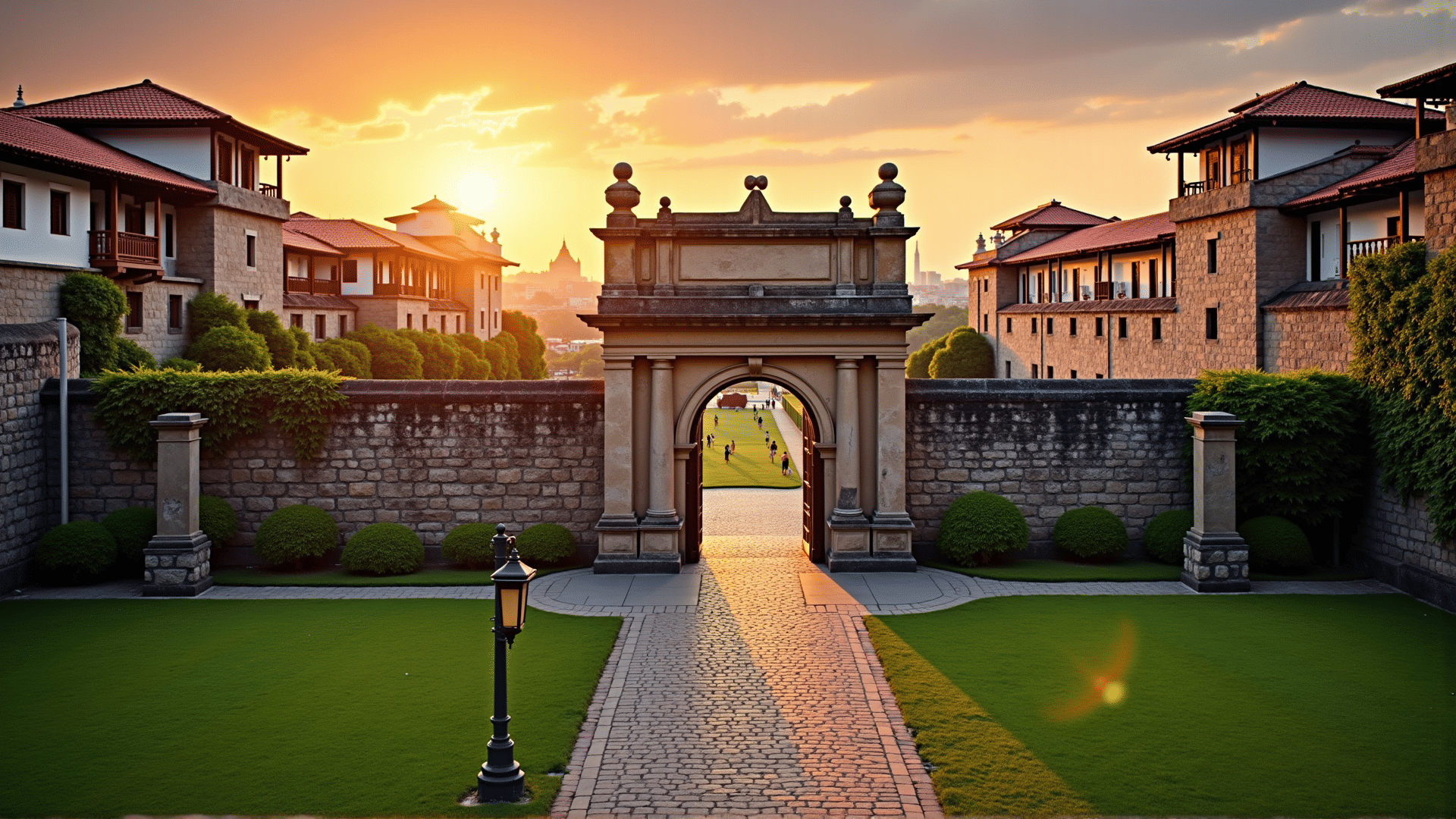Nestled in the bustling heart of the Philippines lies a city steeped in tradition and legacy. Manila, with its vibrant streets and colorful history, serves as a testament to the country's rich past. The city gracefully balances modernity with remnants of another era, inviting visitors to discover its architectural masterpieces that narrate tales of bygone days.
As you wander through Manila, you will encounter awe-inspiring edifices that highlight the diverse influences which have shaped the city’s architectural landscape. One of the most iconic sites is Intramuros, the famed "Walled City." Constructed during Spanish colonial rule, Intramuros reflects a European approach to town planning with its labyrinth of stone streets and massive fortifications. Here, the San Agustin Church stands proudly as a UNESCO World Heritage Site. Built in the late 1500s, its baroque facade and ornate interiors provide a glimpse into the artistic prowess of the Spanish colonial era.
A short distance from Intramuros lies Fort Santiago, another formidable structure that offers insights into the city’s storied past. Originally a defense fortress, it has witnessed many pivotal moments in Philippine history. Its gardens, gates, and dungeons whisper the stories of those who walked within its walls, including national hero José Rizal.
Venturing further into Manila, one cannot miss the grand Manila Cathedral. This historic basilica, prominently situated within Intramuros, has undergone various reconstructions due to natural calamities. Its current iteration stands as a fine example of neo-Romanesque architecture, harmoniously blending traditional and modern influences.
Not far away, the Rizal Park, also known as Luneta, breathes life and remembrance into the city. While primarily a recreational space, its monument to José Rizal serves as a poignant reminder of the influences of colonialism and the enduring spirit of the Filipino people.
Across the river in the district of Quiapo, one finds another piece of the city's rich tapestry, the Quiapo Church. Known officially as the Minor Basilica of the Black Nazarene, it draws countless devotees annually who come to witness the famed Black Nazarene statue. The church's grandeur, with its intricate façade and vast plaza, depicts the unyielding faith deeply rooted in Filipino culture.
For those interested in the American chapter of Manila's history, the Manila Hotel stands as an emblem of classic elegance. Since the early 20th century, its opulent interiors and storied halls have welcomed dignitaries and celebrities from around the world, showcasing a distinct amalgamation of Eastern and Western design elements.
These architectural gems are more than just buildings; they are windows into the Philippines’ past, narrating stories of triumph, faith, and resilience. Each structure, whether grand or quaint, captures a unique aspect of Manila's history, and together, they offer a mosaic of the city’s vibrant cultural heritage.
As you explore Manila, you not only walk through streets that echo with historical significance but also engage with the evolving narrative of a city that is continuously shaping its identity, bridging the past with the present in a harmonious blend.
